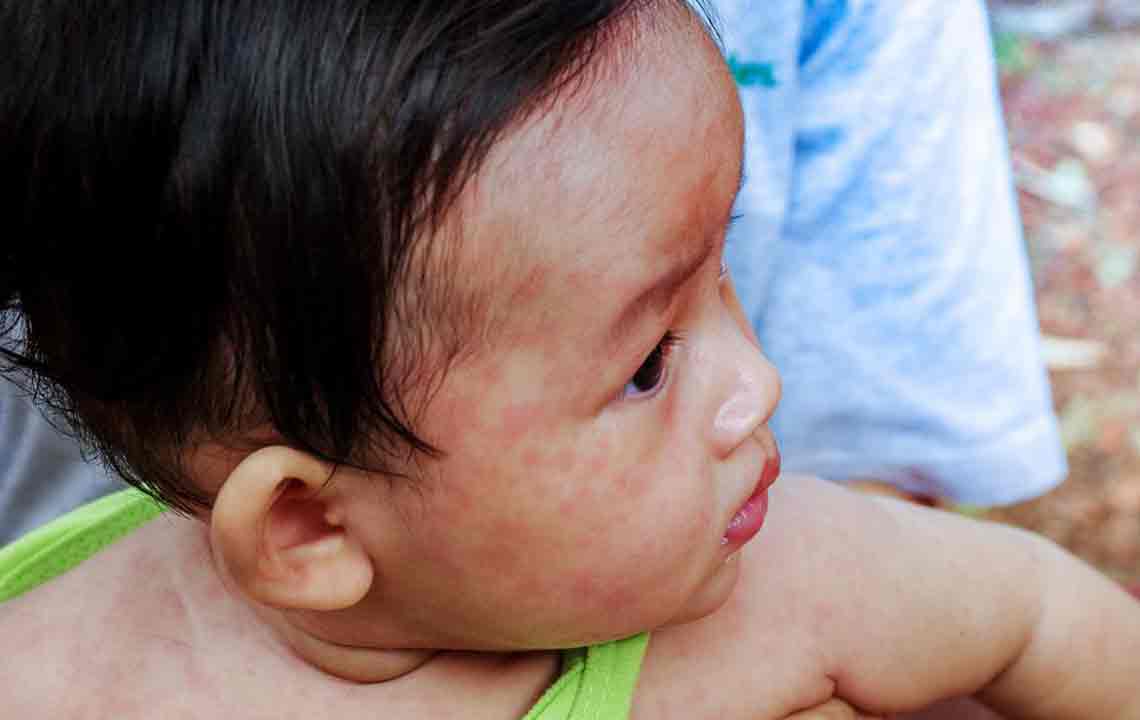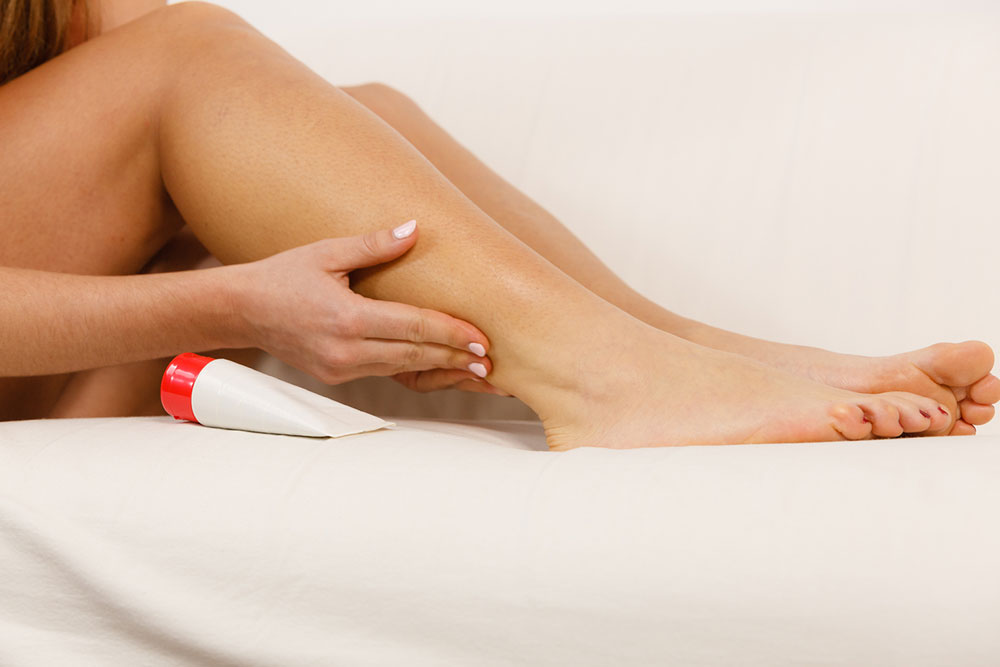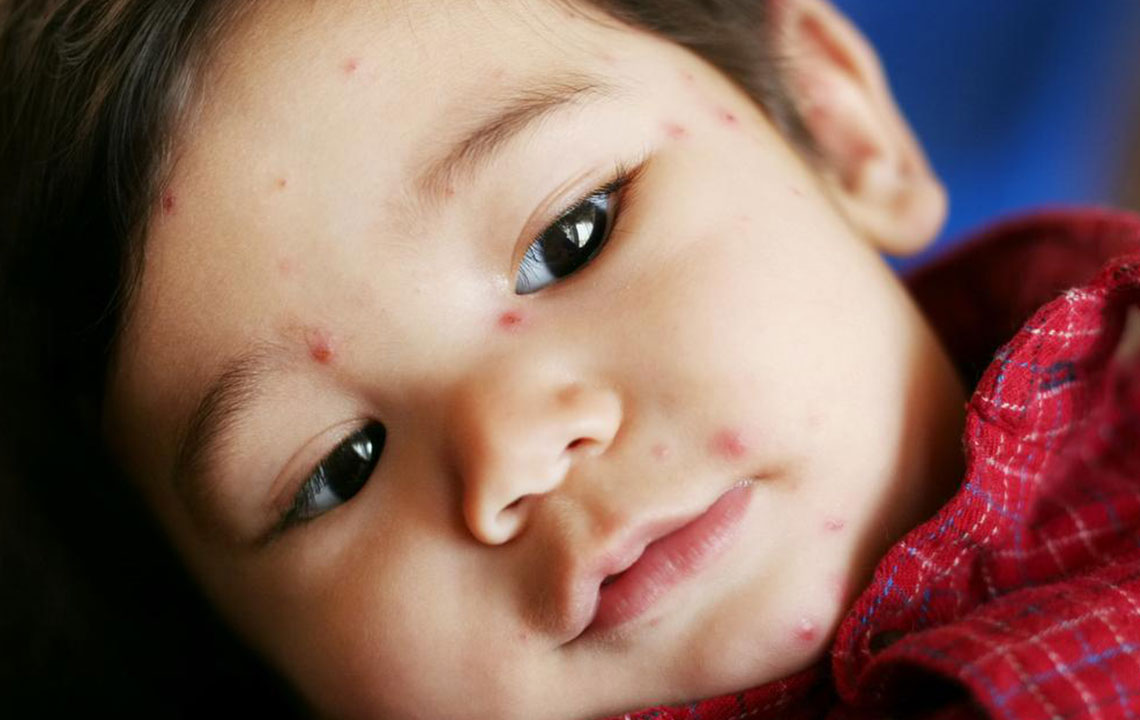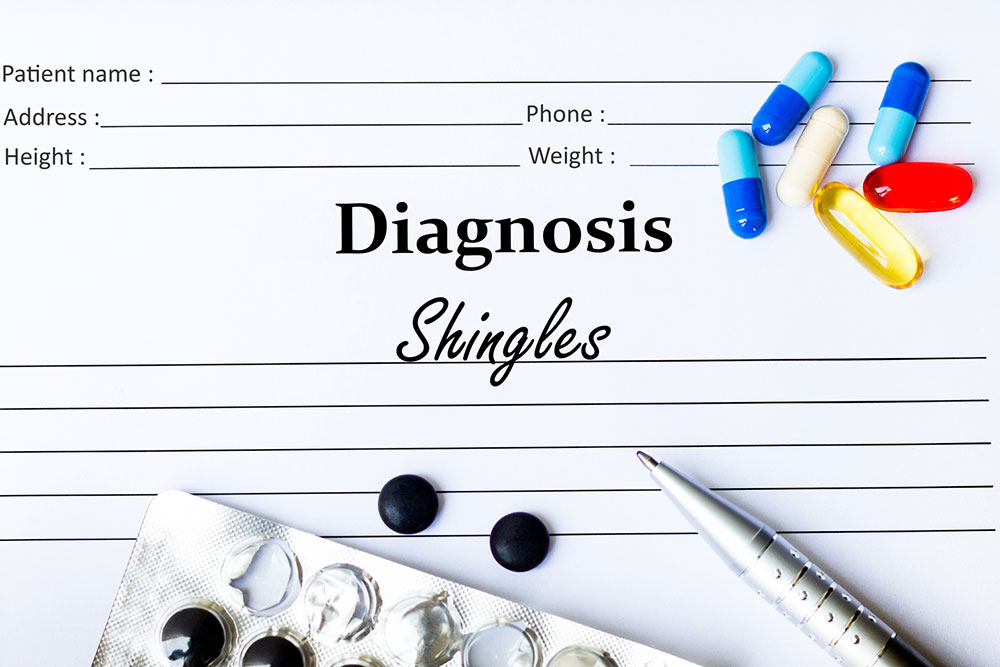Understanding Shingles: Causes, Symptoms, and Effective Remedies
Discover comprehensive insights into shingles, including its causes, symptoms, risk factors, and effective treatment options. Learn how the reactivation of the varicella zoster virus leads to painful rashes, and explore natural remedies, dietary tips, and precautionary measures to manage and recover from this condition. Stay informed with expert-backed advice on preventing the spread and minimizing discomfort, ensuring a quicker path to healing and health restoration.

Understanding Shingles: Causes, Symptoms, and Effective Remedies
Have you ever had chickenpox with its itchy rashes and discomfort? What if those symptoms reappear later? That’s shingles, a painful skin condition characterized by blistering or itching around the face or torso. Common in adults, shingles also go by names like herpes zoster or zona. Annually, about 1 million Americans develop shingles, with roughly one in three individuals affected over their lifetime. Recurrences are possible, often linked to weakened immune defenses.
Shingles result from reactivation of the varicella zoster virus, especially in those with compromised immunity.
What leads to shingles?
Initially, sufferers feel a burning sensation, followed by itching and tingling. Later, rash patches appear in linear patterns that typically span one side of the body, along nerve pathways, without crossing the midline. The blisters open, dry, and crust over, resembling chickenpox, but shingles usually affect adults. The virus reactivates when the immune system weakens, even in vaccinated individuals who previously had chickenpox.
Key points about shingles
It spreads through direct contact with blister fluid.
Contagious only during blistering stage.
Coughs or sneezes do not transmit the virus.
Pregnant women and immunocompromised individuals should avoid contact with affected persons.
Once crusted, shingles are no longer contagious.
Risk factors for developing shingles
Individuals over 60 years old, those with weakened immune systems, cancer, HIV, organ transplants, or autoimmune diseases like Crohn’s and rheumatoid arthritis are more vulnerable. Stress and emotional strain can also trigger outbreaks.
Treatment options for shingles
Calamine lotions
Cold compresses
Domeboro solutions
Colloidal oatmeal baths
Baking soda or cornstarch pastes
Medications including soothing lotions, capsaicin creams, and regular bathing
Shingles typically last 2–4 weeks, potentially longer if health is compromised. A nutritious diet rich in vitamins A, B-12, C, E, and the amino acid lysine supports healing. Recommended foods include eggs, chicken, leafy greens, colorful fruits, wild fish, dairy, grains, beans, tomatoes, and spinach.
Foods to avoid encompass those high in saturated fats, arginine-rich items like chocolate and nuts, sugary products, canned foods, and refined carbs. Home remedies such as herbal supplements and natural oils may also help, including melatonin, St. John’s wort, oregano oil, echinacea, lemon balm, green tea, and essential fatty acids. Remember, individual responses vary; consulting a healthcare provider is essential for personalized treatment. Maintaining a healthy lifestyle and diet alongside medical care can lead to full recovery.










